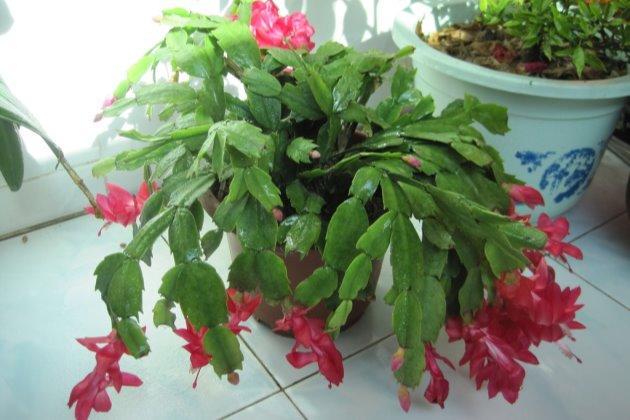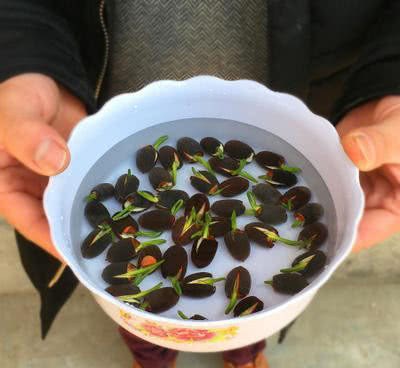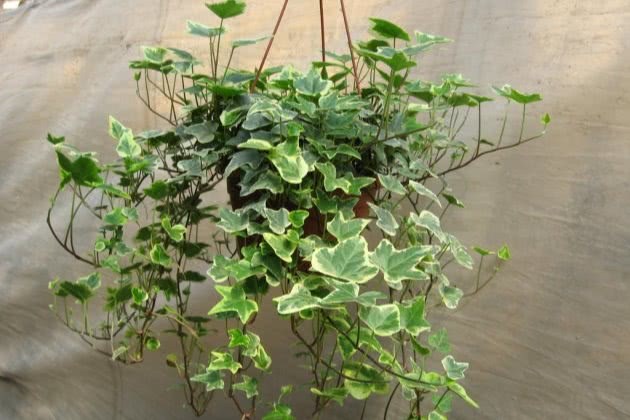The crab claw orchid raised the leaves in this way and the flowers bloomed and broke the branches.

With the departure of summer, the temperature in autumn is getting lower and lower day by day, and many flower lovers have recently found some signs of wilting in their farmed crab claw orchids. Why do these problems arise? Today, Huaye Valley will introduce to you the common reasons for the wilting and softening of crab claw orchids and the ways to deal with them.
1. Lighting problem
Crab claw orchid is a kind of plant that likes short sunshine. It only needs about three hours of light every day to meet its normal growth needs. If it is exposed to strong light or sunshine for a long time, it will lead to poor growth, softness and even decay. The best location for crab claw orchid culture is suggested to be placed in the morning and evening where there is about an hour of weak light is more appropriate, if there is direct sunlight at noon, such a growth environment is very disadvantageous to its growth.
2. Watering problem
Crab claw orchid is a very drought-tolerant plant, on the contrary, it is not conducive to growth in a too humid soil environment. Because the root system of crab claw orchid is very underdeveloped, and the basin soil with excessive humidity is easy to cause rotting roots and other problems, if we find that the soil is not dry for a long time after watering one day, crab claw orchid also appears the phenomenon of malaise, which may be stagnant water at this time. Therefore, we should pay attention to the principle of moderation and the principle of seeing dry and wet. In short, there is nothing wrong with watering less, once the water is stagnant, trouble will come!
3. Nutrition problem
Some people do not have the consciousness to fertilize flowers from the beginning, so the green plants they raise will eventually die or have to be abandoned because they grow thinner and thinner, as does the cultivation of crab claw orchids. The crab claw orchid which has not been fertilized for a long time will eventually have a variety of poor growth problems, and we need to replenish it in time to help it recover. On the contrary, crab claw orchid has few requirements for fertilizer and water, once excessive fertilization will lead to the problem of fertilizer damage, so how to apply fertilizer is appropriate? First of all, there is the use of fertilizer. We can use nitrogen fertilizer during the growth of crab claw orchid, spray potassium dihydrogen phosphate solution when growing small buds, irrigate phosphate fertilizer at flowering stage, and use some phosphorus and potassium fertilizer before flowering. The second is the problem of dosage, once the crab claw orchid is enlarged, it is easy to cause fertilizer damage, so it is most appropriate for us to apply fertilizer according to the principle of thin fertilizer and diligent application.
4. Pruning problem
Some flower friends feel very happy to see their crab claw orchid grow very luxuriantly, who knows that this luxuriance may also be a growth problem. Once it grows too luxuriantly, it can easily lead to poor ventilation, nutrient loss and other problems. So sometimes we should prune in time to avoid excessive nutrient loss can also enhance the effect of ventilation, so that it can grow in better growth conditions.
The above are some of the problems and treatment skills of crab claw orchid culture introduced to you by Hua'ergu. If we can pay more attention to some problems in the maintenance of crab claw orchid, our crab claw orchid will grow stronger and produce more flowers. What about the crab claw orchids raised by everyone? Leave a message to share our breeding skills!
- Prev

After Tongqian grass, another potted plant became popular overnight, raising a pot in the living room to attract more money than a fish tank.
Big water lily root block out of the mud but not dyed, so poor growth, hydroponic water to raise lotus seeds, should belong to it-bowl lotus, with quite water leaves, so it must be planted on the balcony. Since ancient times, the lotus has come out of the mud.
- Next

These shade-tolerant indoor plants grow more and more shady and their leaves are greasy.
Recently, some flower lovers said that even the balcony of their home began to enter the dark world in autumn and winter, and many of their favorite flowers seemed to experience a survival disaster in these seasons. Yes,.
Related
- Wuhan Hospital Iron Tree Blooming Result Was Instantly Frightened by the Gardener Master
- Which variety of camellia is the most fragrant and best? Which one do you like best?
- What is the small blue coat, the breeding methods and matters needing attention of the succulent plant
- Dormancy time and maintenance management of succulent plants during dormancy
- Minas succulent how to raise, Minas succulent plant pictures
- What are the varieties of winter succulent plants
- How to raise succulent plants in twelve rolls? let's take a look at some experience of breeding twelve rolls.
- Attention should be paid to water control for succulent plants during dormant period (winter and summer)
- Watering experience of twelve rolls of succulent plants
- Techniques for fertilizing succulent plants. An article will let you know how to fertilize succulent plants.

